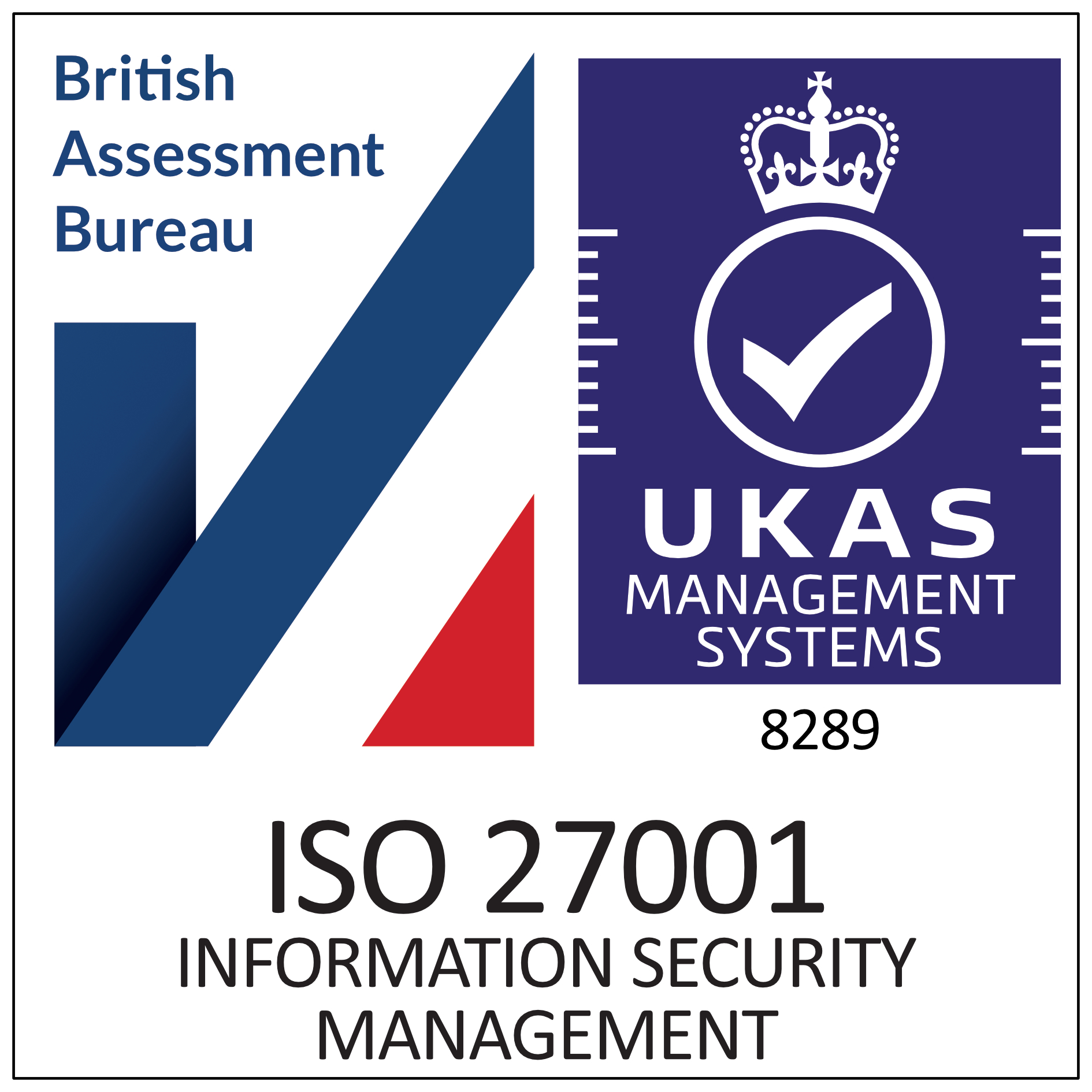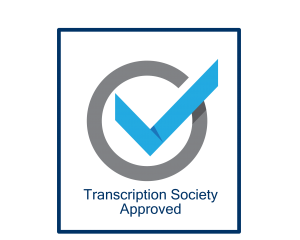We have recently taken an assignment for a production company of a famous TV celebrity known for his ability to swear and use extremely fruity language. We thought a quick article on how swearing is dealt with in transcription may assist others when considering how to provide a transcription if it is full of swear words.
Swearing and Subtitles
The issue arises quite commonly with subtitling work. We undertake a significant amount of manual subtitling for production companies and universities, mainly because the automated versions of subtitles can be so poor at times the work needs a human to go through. Indeed at the moment it is often more effective for our specialist transcribers and proof readers to start from scratch with some automatic subtitles because the AI (artificial intelligence) version is so bad!
Work can be required for court cases (copyright or defamation issues) or simply adding subtitles to ensure equal access to videos published to websites. Automated transcription can be extremely random at times, particularly with heavily accented speakers.
Swearing – three ways
You have essentially three options when it comes to swearing and the subtitling or transcription of blue language.
The Full Works
The first option is that we transcribe every word in its entirety. Please close your eyes if you don’t wish to read the swear words.
“that’s fucking delicious,” or, “call yourself a fucking restaurant owner? You couldn’t organise a piss-up in a brewery.”
Very often for court proceedings or for accurate depictions of what’s being said as subtitling, this is the way the subtitles are prepared. The same applies to transcription – clients very often just want a full transcript of everything that is said, regardless of how blue the language is.
The More Family Friendly Option
However, you may have a family friendly audience or your video may be going out prior to the watershed or be viewable by children, in which case you want to take out the swearing or asterisk it. So swearing would look as follows:
“That’s f*****g delicious,” or, “Call yourself an f*****g restaurant owner? You couldn’t organise a p**s-up in a brewery.”
The Nice and Gentle Option
The third option is to simply use the word ‘bleep’ with square brackets, and this appears as follows:
“That’s [bleep] delicious,” or, “Call yourself a [bleep] restaurant owner? You couldn’t organise a [bleep] in a brewery.”
Jefferson Swearing
There are of course other ways of transcribing any words including swear words, and a transcript in Jefferson style or conversational analysis would look extremely different. If you would like to see this, let us know and we will add it to the article.
Most subtitling and transcripts do not include any of the emotion that follows the use of swear words like this, although in this case the swearing is a bit more part and parcel of the language of the speaker rather than it being used to portray any emotion. Conversational analysis is a bit different, because that tries to portray the way the words are spoken as well as the actual words that have been spoken. It can make for some very interesting transcription work, particularly when working on audio that includes a lot of emotion and expression being added to the words.
Transcribers can handle it!
Our transcribers are very used to dealing with some incredibly rude and angry people who may like to swear a lot in their recordings. We have worked on all sorts of audio and video over the years – whether it is covert recording of abusive partners, sensitive child protection work or research interviews around highly uncomfortable subjects. We can handle TV celebrities who swear because it’s part of their TV persona and we are more than used to typing out streams of angry and blue language as it is spoken.
Swearing Options
If you know that your subtitling or transcription work is going to contain lots of swearing, please let us know. Obviously with this piece of work we knew exactly who the TV celebrity was and so we asked before we started work how the production company wanted the transcript preparing. Interestingly on this occasion the firm did not want swearing included and they opted for the asterisked option instead of the full words. This is quite common because the videos being subtitled will presumably be going out to an audience via YouTube and be accessible to all. If swearing is included then it cuts down the audience and the number of viewings that particular clip is likely to get.
If you do have any requests about your requirements for the treatment of swear words in your audio or video please contact our managing director Anna Gresty at anna@tptranscription.co.uk.









